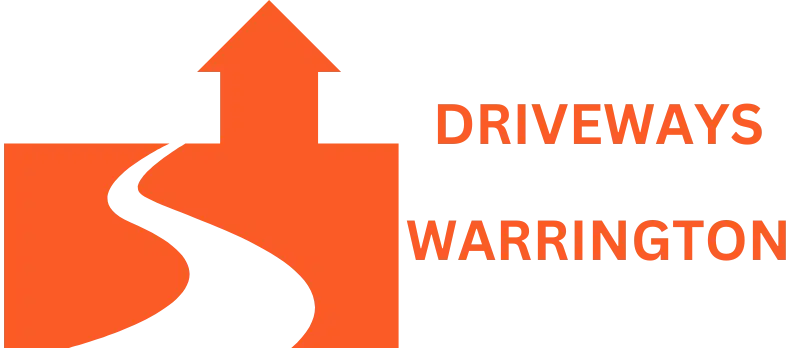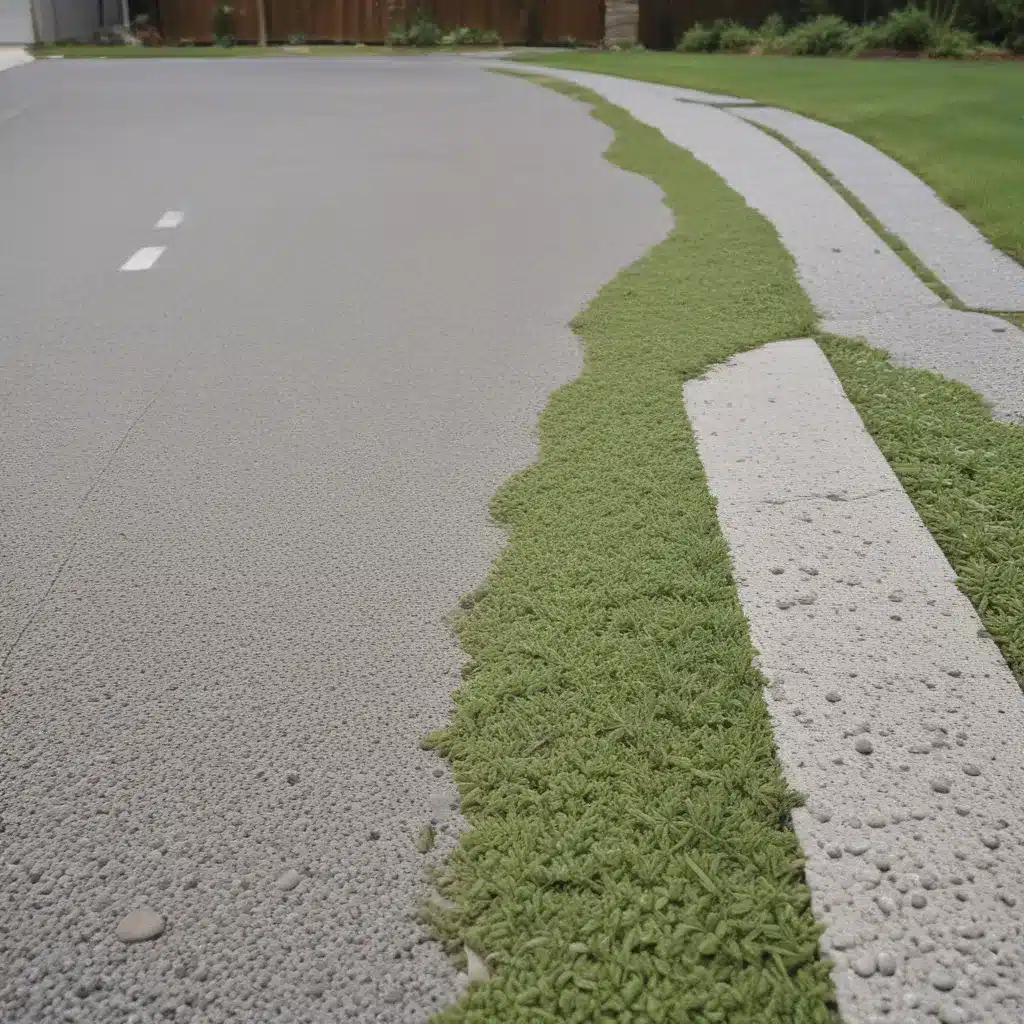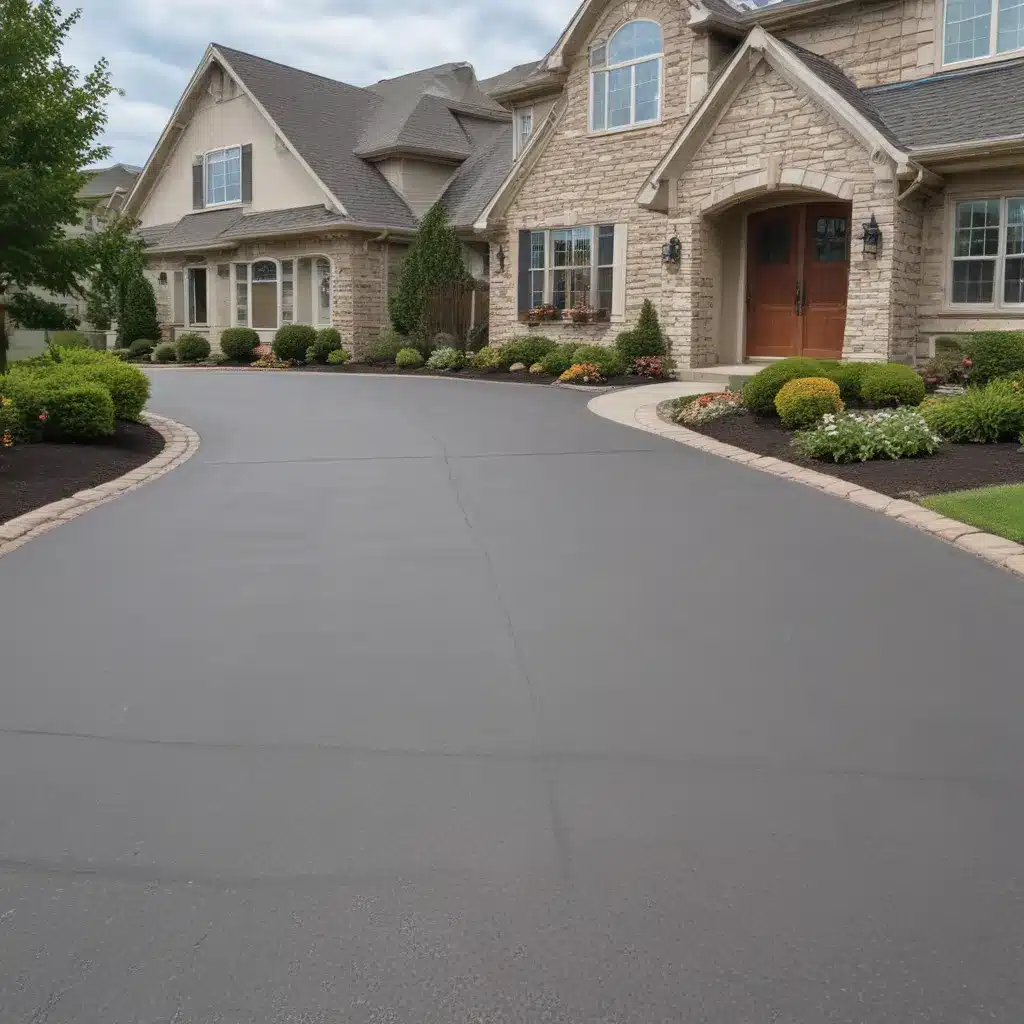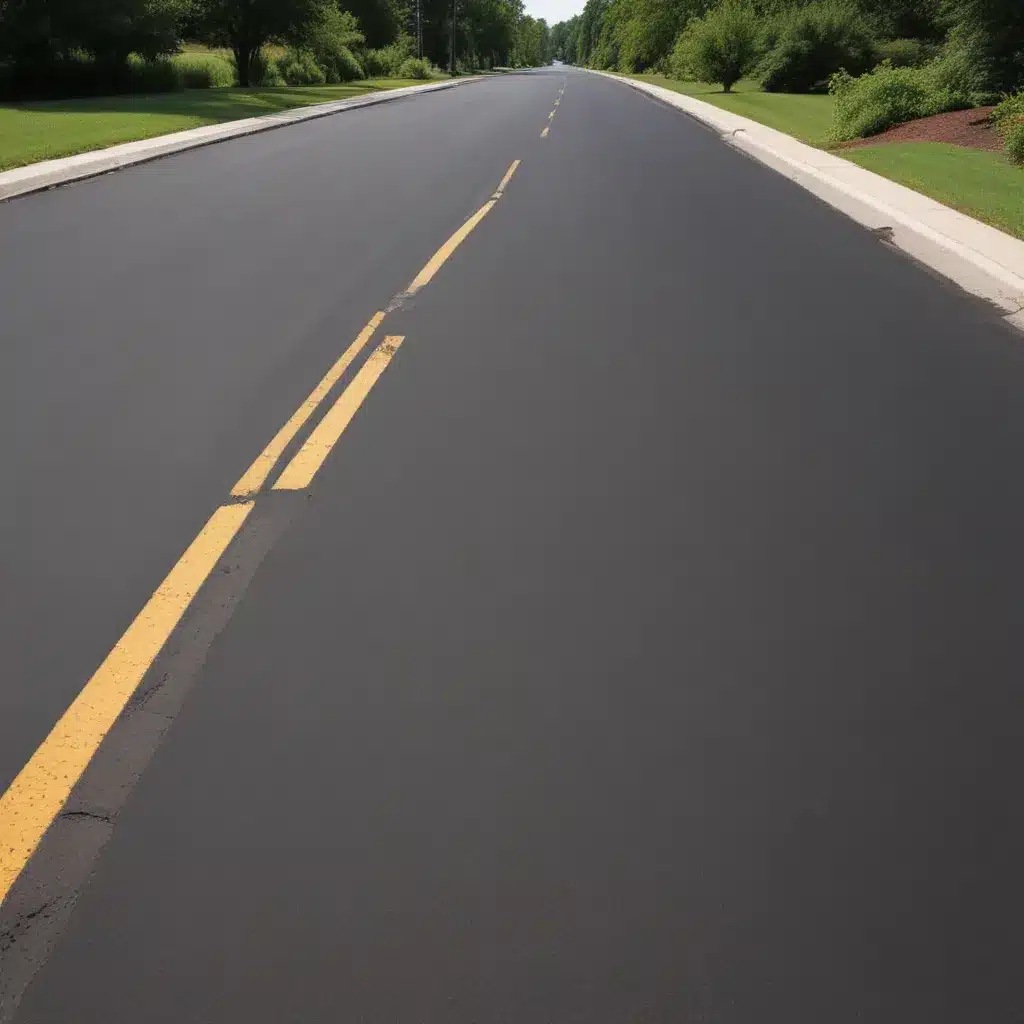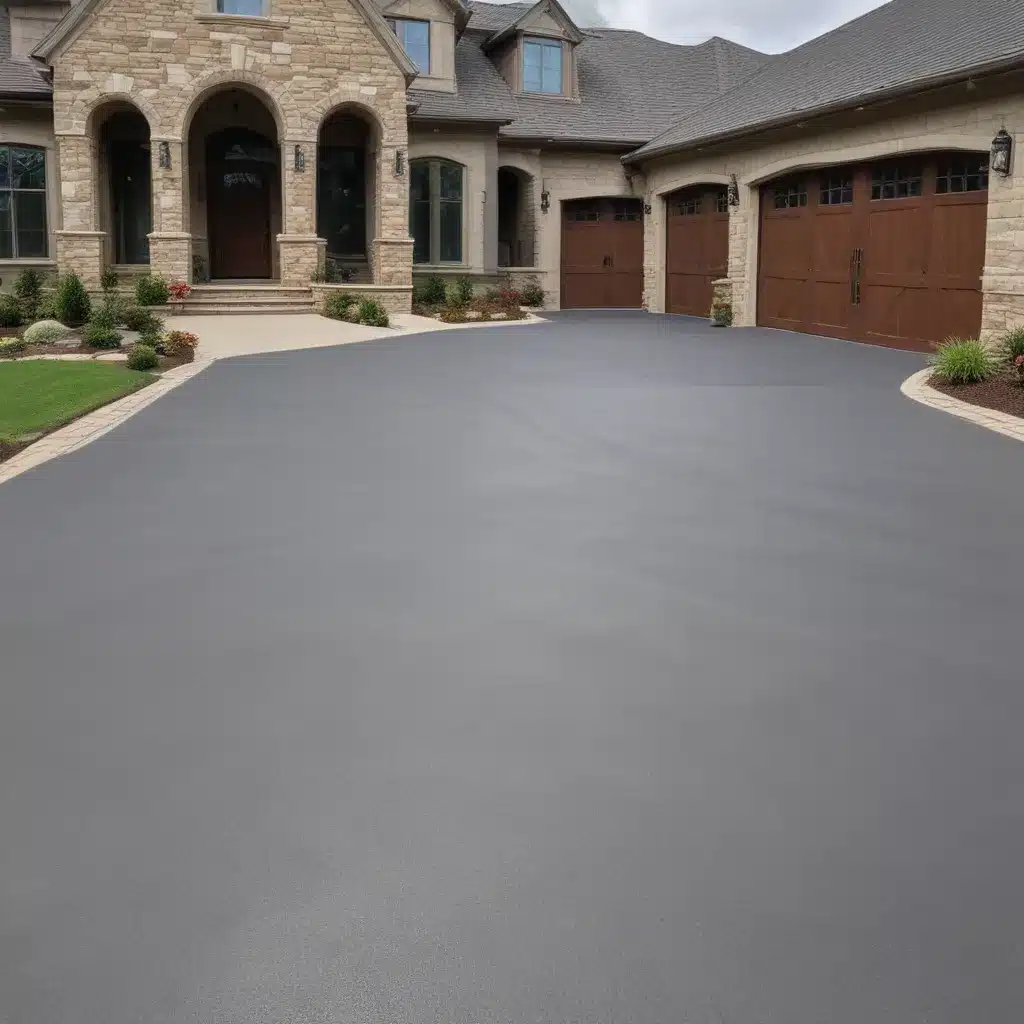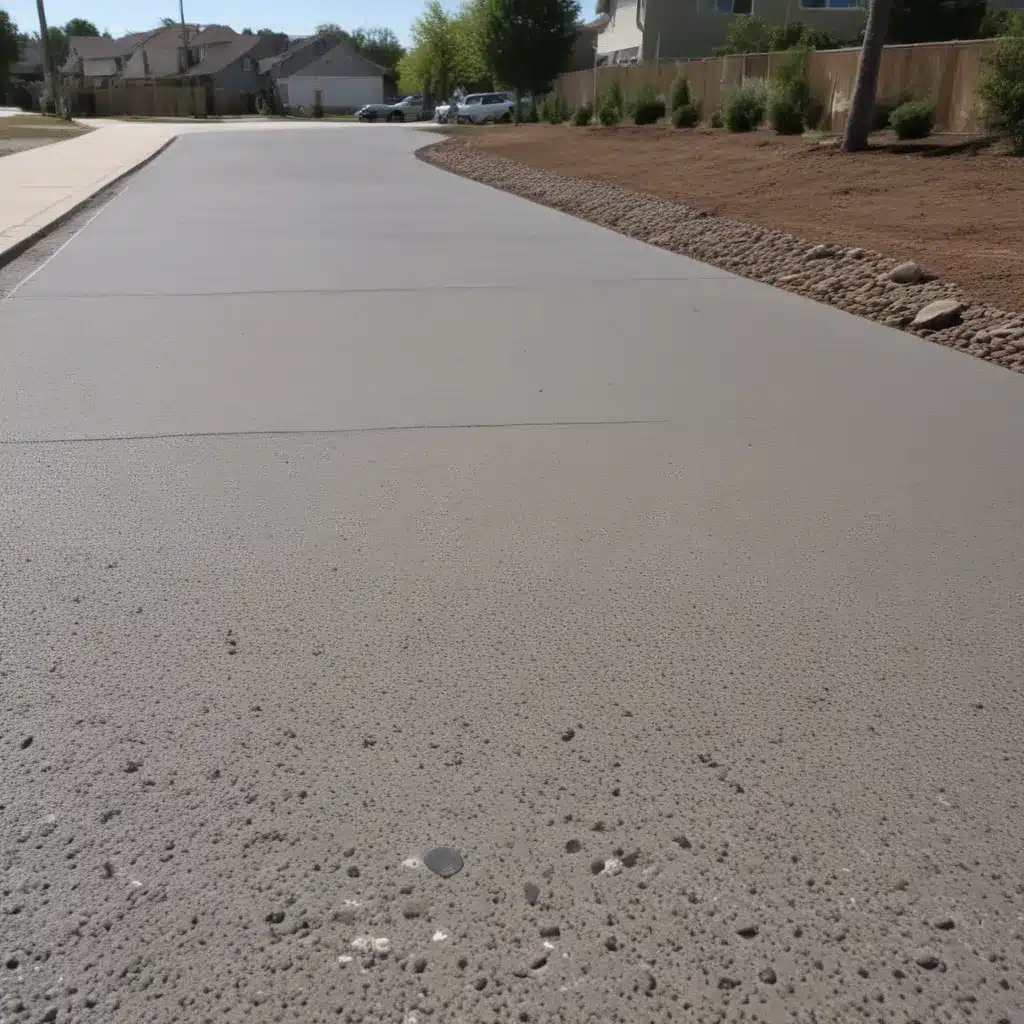Escaping the Concrete Jungle: Embracing Pervious Paving
Ah, the eternal struggle of the suburban homeowner – taming the relentless flood of rainwater that seems to engulf our driveways every time the skies open up. The endless cycle of puddles, potholes, and palms-to-the-forehead moments as we try in vain to restore order to our rain-ravaged outdoor oases. But what if I told you there’s a solution that not only keeps your driveway high and dry, but also actively contributes to the health of the environment? Enter the world of pervious concrete, the unsung hero of the paving industry.
You see, the traditional concrete driveway is a bit like that overzealous lifeguard who thinks the best way to keep you safe is to wrap you in bubble wrap from head to toe. Sure, it gets the job done, but at what cost? That impermeable surface acts as a barrier, trapping rainwater and forcing it to find alternative routes – often leading to erosion, flooding, and a whole host of other headaches.
But pervious concrete, my friends, is the rebel with a cause. It’s the paving material that says, “You know what? Let the rain in! I’ll gladly shoulder the burden and let that precious H2O seep right through, nourishing the soil beneath and replenishing the groundwater supply.” It’s a veritable hydraulic superhighway, allowing the water to flow freely while still providing a sturdy, reliable surface for our vehicles to glide across.
The Porous Pavement Playground
Now, I can practically hear you asking, “But wait, isn’t that going to turn my driveway into a mud pit?” Fear not, my curious comrades, for the beauty of pervious concrete lies in its delicate balance of porosity and structural integrity. It’s like a sieve that’s been made to withstand the weight of your car without collapsing into a soggy mess.
The secret lies in the mix design. Rather than the densely packed aggregate you’d find in a traditional concrete slab, pervious concrete features a more open-graded mixture, with larger gaps between the stones. This allows the water to percolate down through the surface and into the ground below, rather than pooling on top and creating those unsightly puddles.
And the benefits don’t stop there, my friends. This permeable pavement wonder also helps to filter out pollutants and contaminants, preventing them from seeping into the groundwater supply. It’s like a built-in water treatment plant, right in your own backyard!
But perhaps the most alluring aspect of pervious concrete is its ability to keep your driveway green – and I’m not just talking about the color. By allowing rainwater to infiltrate the soil beneath, it helps to nourish the vegetation and prevent the desiccation that can plague traditional concrete surfaces. Imagine a lush, thriving lawn bordering your driveway, rather than a barren, sun-baked expanse of gray.
The Sustainable Driveway Revolution
Now, I know what you’re thinking – this all sounds too good to be true. “Surely there’s a catch,” you’re saying. “What’s the downside?” Well, my ever-skeptical friends, I’m here to tell you that the upsides of pervious concrete far outweigh any perceived downsides.
Sure, the initial installation cost might be a smidge higher than your standard concrete slab. But when you factor in the long-term savings on stormwater management, flood mitigation, and reduced maintenance, it starts to look like a pretty sweet deal. And let’s not forget the intangible benefits of doing your part to protect the environment and create a more sustainable future.
And let’s not forget the aesthetic advantages. Gone are the days of a stark, lifeless driveway – with pervious concrete, you can create a truly unique and visually appealing outdoor space. Imagine the envy of your neighbors as they gaze upon your verdant, permeable kingdom, rainwater happily percolating down through the surface while their own driveways become veritable lakes.
But don’t just take my word for it. The evidence is in the pudding, or rather, the lack thereof. Communities across the country have embraced the power of pervious concrete, with astounding results. In one case study, a residential development in Florida saw a 50% reduction in stormwater runoff after transitioning to pervious paving. And in another, a commercial property in Texas reported a 30% decrease in cooling costs thanks to the lower surface temperatures achieved with their pervious concrete installation.
Paving the Way to a Greener Future
So, my friends, the choice is clear. Do you want to continue slogging through the muck and mire of a traditional concrete driveway, or do you want to join the ranks of the eco-warriors and let the rain in? Because let me tell you, once you experience the joy of a pervious concrete driveway, there’s no going back.
Imagine it – no more frantically bailing out your car after a sudden downpour, no more weeds sprouting up through the cracks, no more unsightly puddles marring the landscape. Just a smooth, sustainable surface that allows the water to flow freely, nourishing the soil and keeping your little patch of green space alive and thriving.
And the best part? You don’t have to be a hardcore environmentalist to reap the benefits. Pervious concrete is a simple, straightforward solution that anyone can embrace. So why not take the plunge and let your driveway go green? Trust me, your lawn (and your wallet) will thank you.
